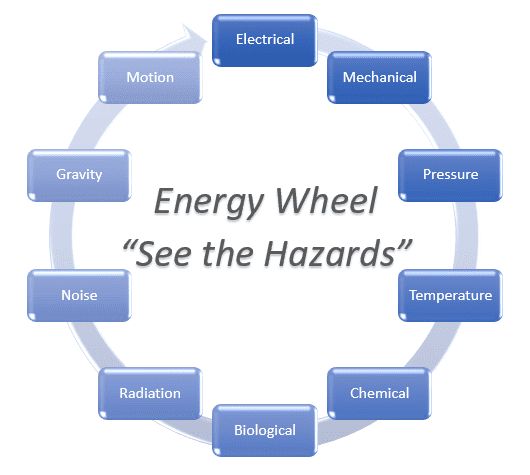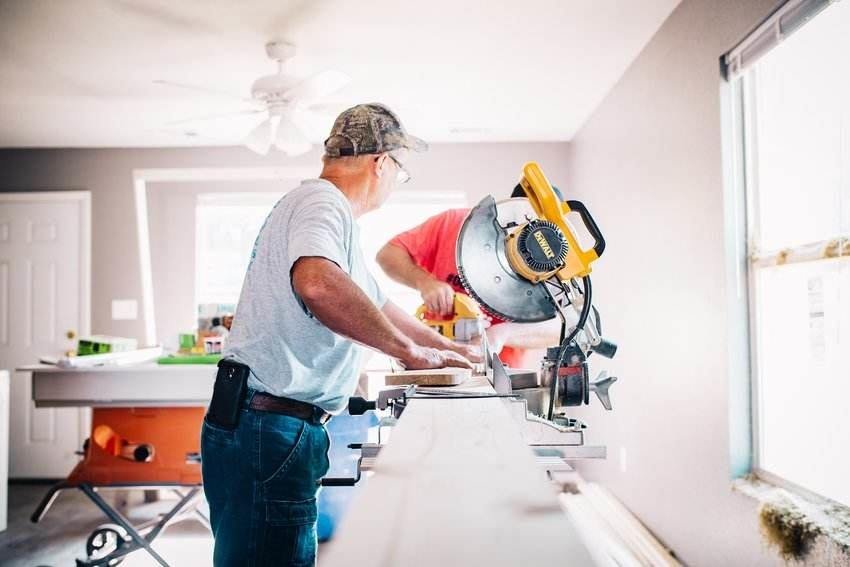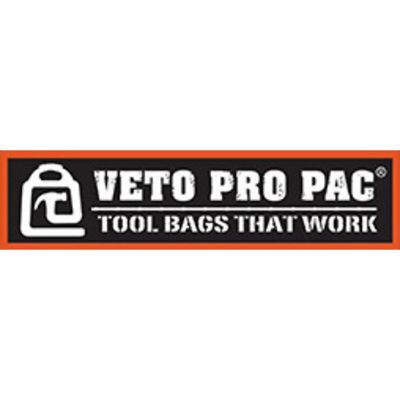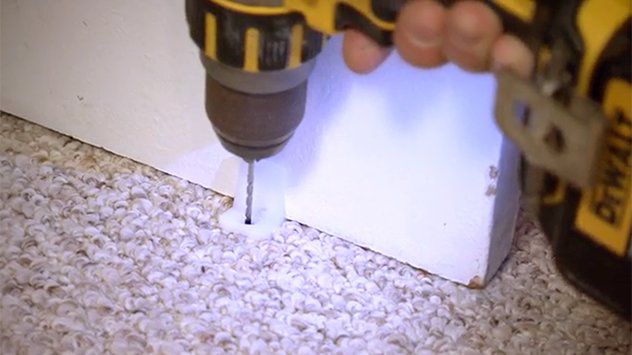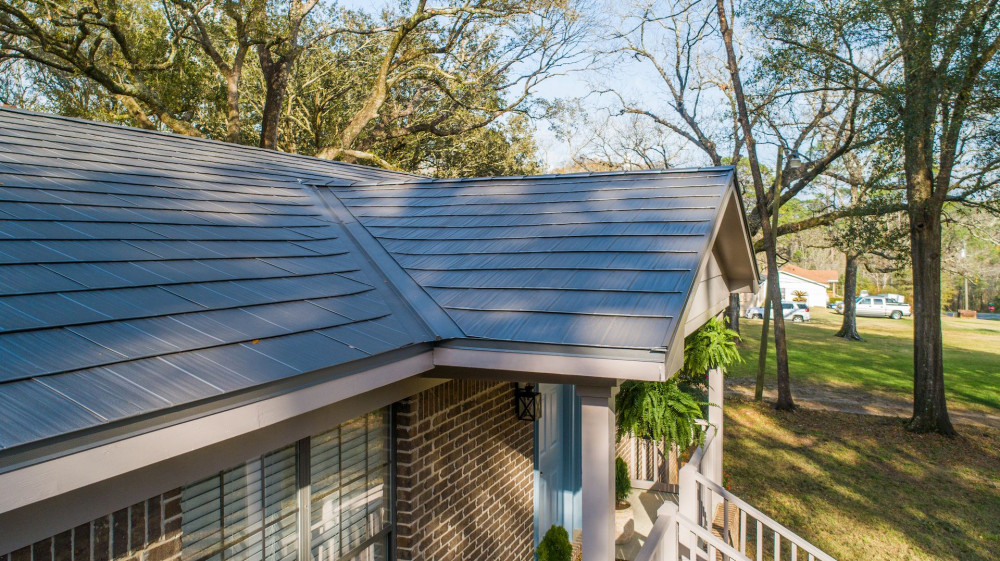A Thermal Wheel, also known as a Rotary heat exchanger, or Rotary air-to-air enthalpy wheel, or Heat recovery wheel, is a type of energy recovery heat exchanger positioned within the supply and exhaust air streams of an air handling system, or in the exhaust gases of an industrial process, in order to recover the heat energy. Other variants include Enthalpy wheels and Desiccant wheels
A thermal wheel consists of a circular honeycomb matrix of heat absorbing material, which is slowly rotated within the supply and exhaust air streams of an air handling system. As the thermal wheel rotates heat is picked up from the exhaust air stream in one half of the rotation, and given up to the fresh air stream in the other half of the rotation. Thus waste heat energy from the exhaust air stream is transferred to the matrix material and then from the matrix material to the fresh air stream, raising the temperature of the supply air stream by an amount proportional to the temperature differential between air streams, or 'thermal gradient', and depending upon the efficiency of the device. The airstreams must be flowing in opposite directions or no beneficial heat exchange can occur. The principle of course works in reverse and the supply air stream can be cooled if so desired and the temperature differential allows.
Normally the heat transfer between airstreams provided by the device is termed as 'sensible', which is the exchange of energy, or enthalpy, resulting in a change in temperature of the medium (air in this case), but with no change in moisture content. However, if moisture or relative humidity levels in the return air stream are high enough to allow condensation to take place in the device, then this will cause 'latent' heat to be released and the heat transfer material will be covered with a film of water. Despite a corresponding absorbtion of latent heat, as some of the water film is evaporated in the opposite airstream, the water will reduce the thermal resistance of the boundary layer of the heat exchanger material and thus improve the heat transfer coefficient of the device, and hence increase efficiency. The energy exchange of such devices now comprises both sensible and latent heat transfer; in addition to a change in temperature, there is also a change in moisture content of the air streams.
During the automotive industry's interest in gas turbines for vehicle propulsion (around 1965), Chrysler invented a unique type of rotary heat exchanger that consisted of a rotary drum constructed from corrugated metal (similar in appearance to corrugated cardboard). This drum was continuously rotated by reduction gears driven by the turbine. The hot exhaust gasses were directed through a portion of the device, which would then rotate to a section that conducted the induction air, where this intake air was heated. This recovery of the heat of combustion significantly increased the efficiency of the turbine engine. This engine proved impractical for an automotive application due to its poor low-rpm torque. Even such an efficient engine, if large enough to deliver the proper performance, would have a low average fuel economy. Such an engine may at some future time be attractive when combined with an electric motor in a hybrid vehicle owing to its robust longevity and an ability to burn a wide variety of liquid fuels.
A desiccant wheel is very similar to a thermal wheel, but with a coating applied for the sole purpose of dehumidifying or 'drying' the air stream. The desiccant is normally Silica Gel. As the wheel turns, the desiccant passes alternately through the incoming air where the moisture is adsorbed, and through a “regenerating” zone where the desiccant is dried and the moisture expelled. The wheel continues to rotate and the adsorbent process is repeated. Regeneration is normally carried out by the use of a heating coil, such as a water or steam coil, or a direct-fired gas burner.
Thermal wheels are not suitable for use where total seperation of supply and exhaust airstreams is required, since air will bypass at the interface between the airstreams at the heat exchanger boundary, and at the point where the wheel passes from one airstream to the other during its normal rotation. The former is reduced by brush seals, and the later is reduced by a small purge section, formed by plating off a small segment of the wheel, normally in the exhaust air stream.
